Plants have basic needs that help them grow and reproduce.
Sufficient lighting, water supply, air, optimal temperatures, and the right nutritional supplies are all vital for plants to thrive.
Plants that lack any of these needs will develop abnormal characteristics that hinder them from reproducing normally.
Anyone who practices indoor gardening has witnessed a few of these characteristics, such as long and spindly plant appearance.
This condition, invariably described as “leggy,” can occur in any plant—vegetable, flowers, or herbs lacking the required growth conditions.
Below is why plants assume a lean and weak appearance and how you can spot the problem early and fix it. But first, let’s understand what leggy plants are.
What are Leggy Plants?
Plants are described as “leggy” if they have the following characteristics in their growth and appearance:
- Spindly foliage
- Sparse leaves
- Tall, lean, and fragile
- Pale or yellow appearance on the leaves
In a typical scenario, tall does not always mean healthy and happier plants.
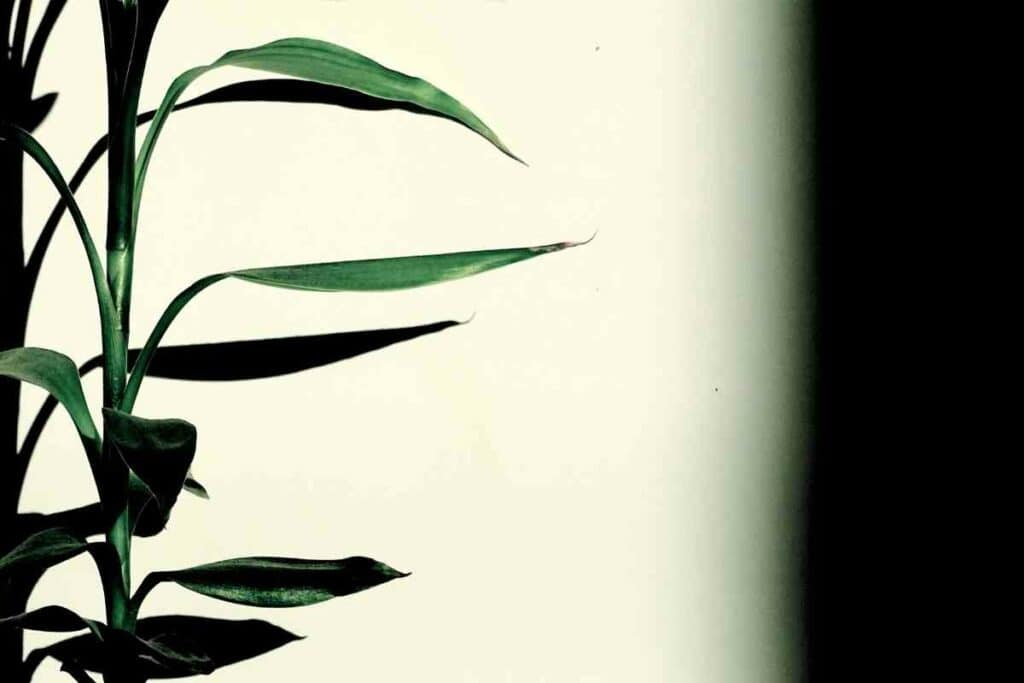
However, there isn’t a specific height a plant must exceed to qualify as leggy.
However, you can tell if a plant is leggy by looking at the same plant variety grown in adequate conditions. Such plants tend to be shorter and more firm at the stem.
What Causes Plants to Become Leggy?
Plant legginess doesn’t occur by default.
However, below are the main reasons your plants are becoming leggy.
Insufficient lighting
Plants require proper lighting for proper photosynthesis.
Exposure to low-light conditions prevents the plant from producing enough glucose necessary for growth.
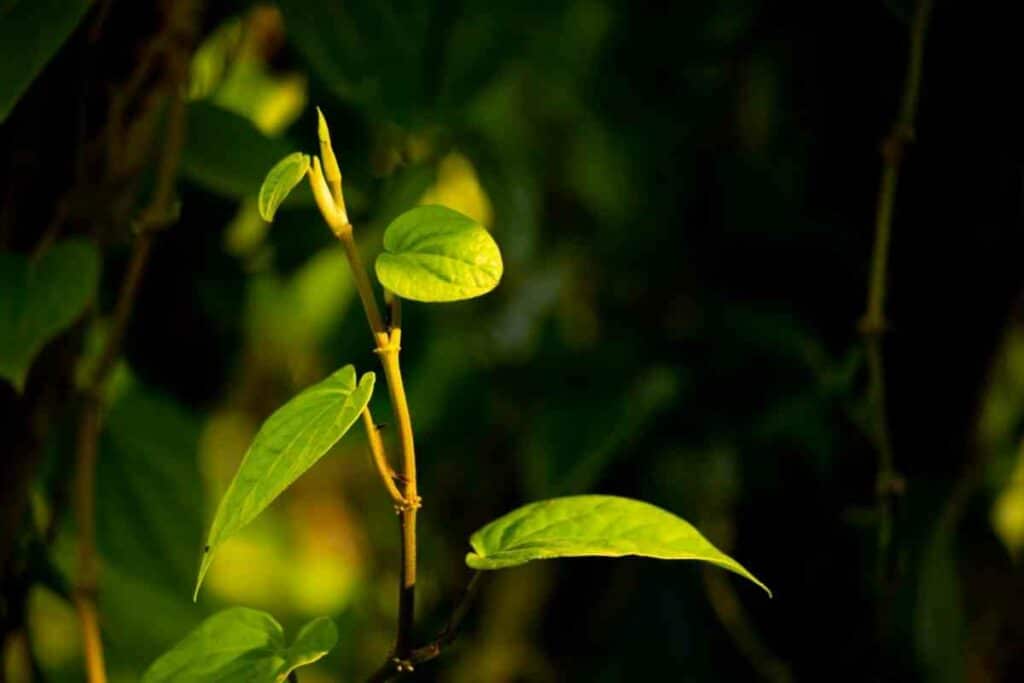
Plants deprived of sufficient lighting thus tend to stretch up high, seeking to tap into additional lighting.
When This Happens – You’ll notice the plant leaning towards where there’s more light.
Insufficient moisture
Inconsistent watering patterns, especially in the early stages of the seedling, will render them spindly and eventually cause them to die.
Know your plant water needs and maintain balanced soil moisture that allows them to absorb the required nutrients from the soil.
Excess heat
Plants respond to excessive heat by growing tall and skinny.
Therefore, regulate your plant heating condition immediately after the seeds germinate.
Nutrient imbalance
Plants become leggy when exposed to excessive foliage or too fertile conditions they can not support.
This is common among young plants with less developed roots and stems.
Therefore, avoid over-fertilizing your plants even as they grow.
Poor spacing between seedlings
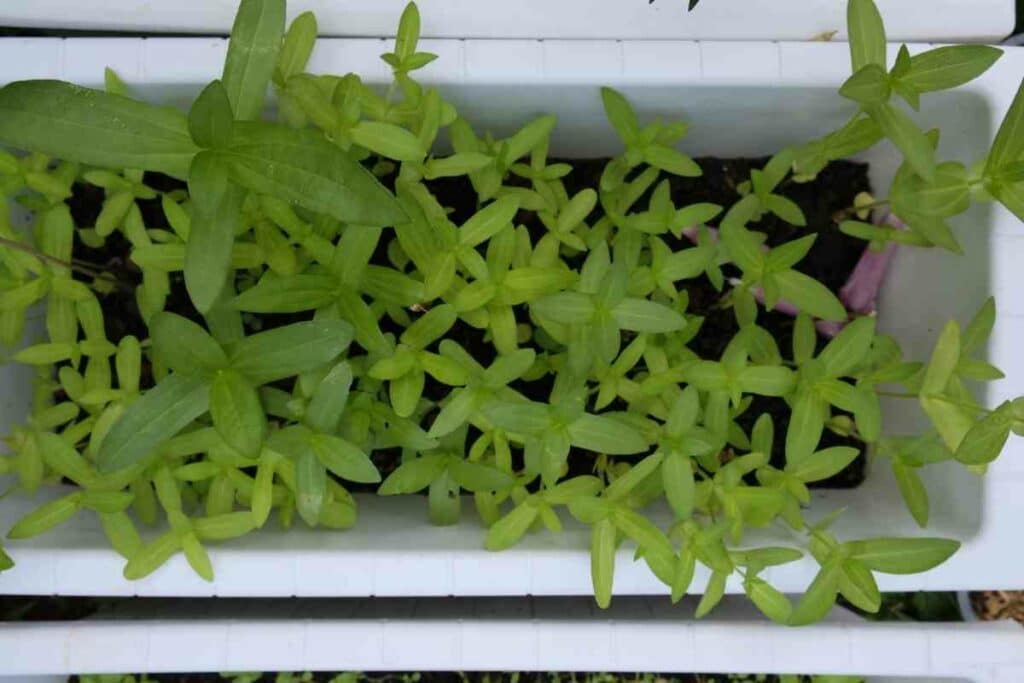
Overcrowded plants will always compete for nutrients, including light, causing them to become leggy.
You can manage this by uprooting less developed plants during their early development stage.
Lack of pruning
Pruning is beneficial in preventing plant legginess.
It helps remove excess foliage and unwanted leaves that consume vital nutrients necessary for stable plant growth.
How to Spot and Fix Leggy Plants
The first noticeable sign of a leggy plant is the long weak stem.
While it’s impossible to reduce the long stem to a suitable height you’d wish, quick action can help the plant regain its health back.
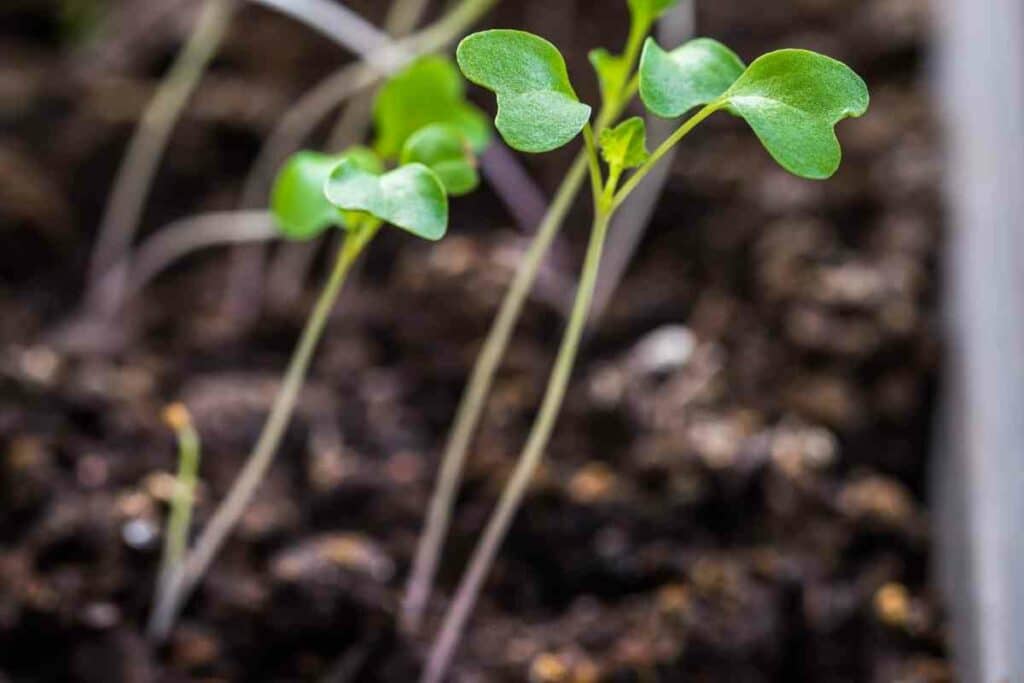
Below are tips you can use to correct a leggy plant.
Provide more light
Offer more light as soon as you can once you notice your plants are becoming leggy.
You can add a supplemental light or upgrade your existing lighting to a more powerful version.
Adjust the lighting closer to your seeding tray to make it more effective.
Bury a portion of the plant
Burying a portion of the leggy plant can make it stronger.
Unfortunately, this may not work for all plants.
Small seedlings have tender stems, making them susceptible to rot when forced deep into the soil.
Try this method with plants such as tomatoes that have hairy stems with the potential of developing into roots.
Turn off the heat mats
Some people use heat mats on their seedlings to expedite seed germination and help the plants grow faster.
However, this method requires close monitoring as it can sometimes make plants grow faster than what’s considered normal and cause the plants to become leggy.
Once you notice this, turn off or turn down the heat mat and add more lighting to restore normal growth.
Consider using an in-built thermostat control with a temperature probe to help you maintain the average temperature for the plants.
Works Well – Set the heat mat to start when the temperature drops below a specific requirement, usually below 65-70°F for summer crops such as tomatoes, pepper, flowers, and basil.
Harden off the plants
Harden off your leggy plants that grew indoors by slowly introducing them to the outdoor elements.
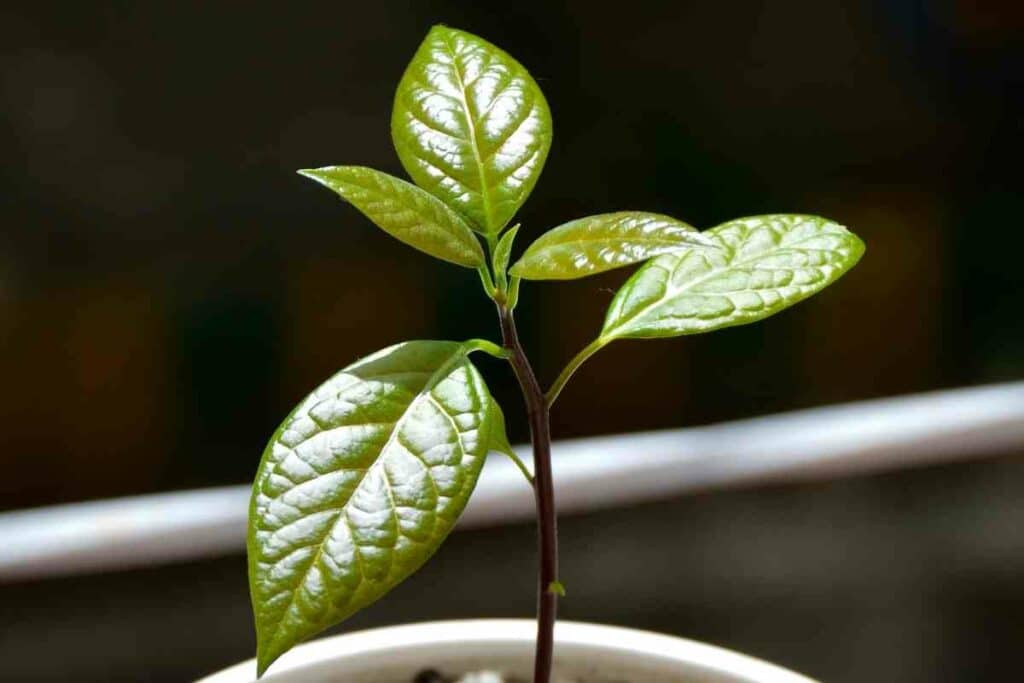
This may include taking them out for a few hours every day.
Start by placing them somewhere in shades before eventually exposing them to direct sunlight.
It’s a great way to prepare them to face strong winds, sunlight, cold, and hot weather when transplanting them to the outdoor fields.
Brush the plant’s stem to make it stronger
Brushing a leggy plant’s stem with your fingers is a simple trick that can make it stronger.
The back-and-forth motion tricks the plant into needing a more robust stem to prevent it from strong winds.
Do this every day and monitor the progress.
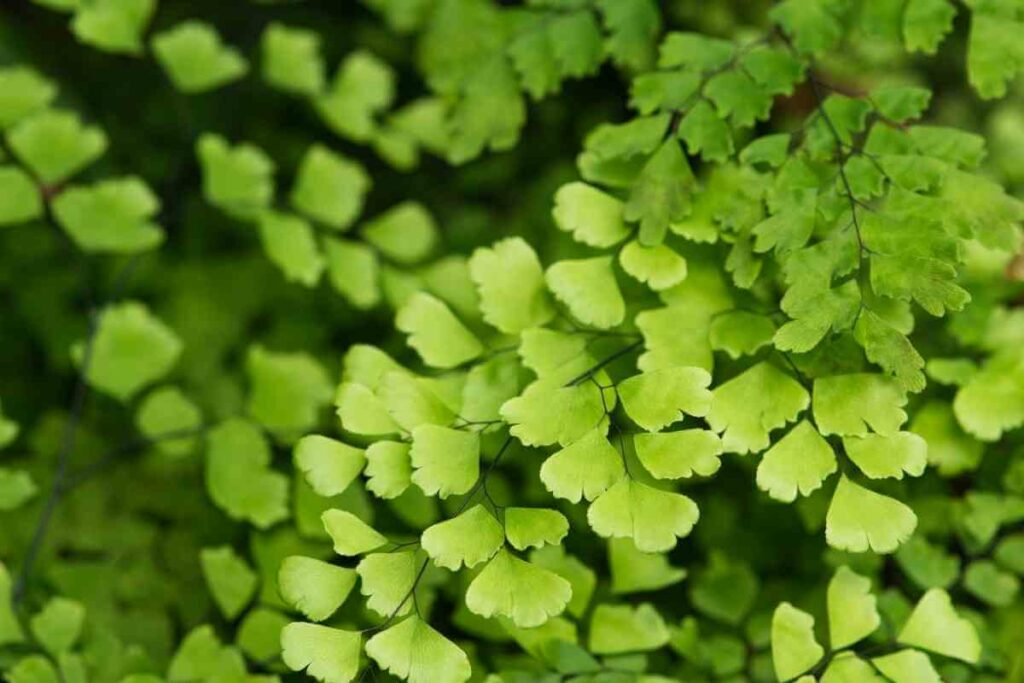
Alternatively, use an oscillating fan with a moderate breeze near the plant.
The fan should gently shake the plants and make them more used to the movement, which helps them build a firm stem that can withstand the slow wind.
To Consider – Using a fan is especially important for indoor plants as it aids adequate airflow and prevents damping and fungal infections to the plant.
Therefore, using a fan for your indoor plants is a good practice whether your plants are leggy or not.
How to Prevent Plants From Becoming Leggy
You don’t need to wait for your plants to become leggy to take action.
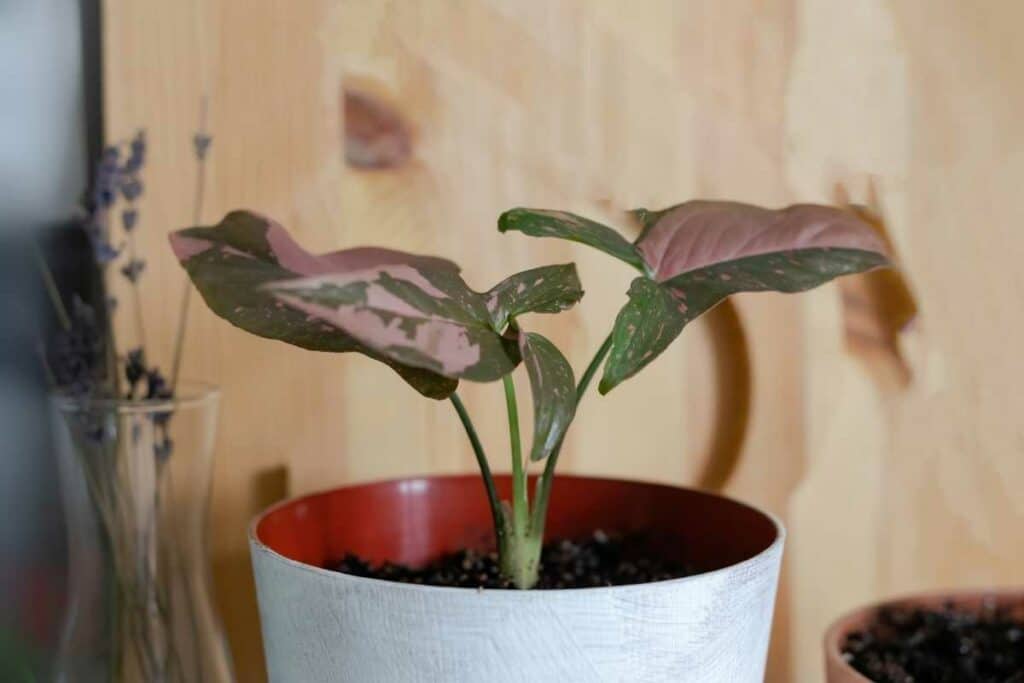
Instead, use these tips to grow healthy plants from germination to maturity:
- Provide adequate lighting to the plants as soon as they germinate. Remember, it only takes about one to two days for a young plant in the darkness to become leggy beyond reverse.
- Follow a proper watering routine and fertilize the plants using balanced fertilizer as they grow.
- Plan for light supplement lighting for your indoor plants. Use grow light to aid the efficient production of glucose required for the plant’s healthy growth. Although plants don’t need light to germinate, it’s good practice to leave the grow light on and ready for the plants when they eventually sprout.
- Avoid covering the plant container even before the seed germinates. Instead, use a transparent material if you must cover the top.
- Suspend the grow light lower, near the plant—a few inches for fluorescent lights and lightly further for LED lights. Excessive lighting can burn the plants or still render them leggy. Always follow the light manufacturer’s recommendations.
- Provide between 14-16 hours of bright light to your plants and 8 hours in the darkness. For indoor plants, find a light timer that allows you to set and forget.
- Space your plants right to avoid the scramble for nutrients.
- Ensure your outdoor plants are in a location that can receive between 6-8 hours daily.
Conclusion
Leggy plants can be discouraging to any small farmer.
They create uncertainty about the plant’s survival and whether they’ll grow to bear healthy fruits if that is the intention.
However, you can help a leggy plant recover by taking appropriate action in time. And it’s simple. Stay mindful of lighting, moisture, and heat levels from the day you plant the seeds.
Then, make adjustments, including light supplements and mild fertilizers when necessary.
Still, it’s noteworthy that most seedlings grow very fast. 24 to 48 hours is enough for a plant to become irreversibly leggy. Such plants may never recover fully to become mature and healthy.
If you realize you have leggy plants, it’s best to start over with new seedlings instead of raising unhealthy plants that won’t bear fruit in the future.
